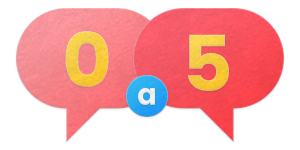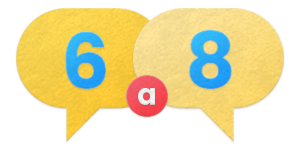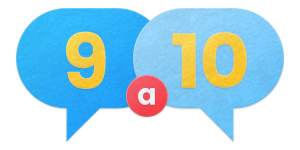TERMOS DE USO E POLÍTICA DE PRIVACIDADE
- O LABORATORIO DE EDUCAÇÃO, com sede na Praça Ramos de Azevedo, nº 206, Conj. 520, República, São Paulo, SP, CEP 01.037-010, inscrito no CNPJ/MF sob o nº 15.531.010/0001-20 (“LABORATORIO DE EDUCAÇÃO“) é proprietário e titular desse site.
- O LABORATÓRIO DE EDUCAÇÃO estabelece nestes Termos de Uso e nesta Política de Privacidade, as condições para utilização de seu site, por meio dos quais o usuário poderá acessar os serviços e conteúdos disponibilizados.
- Ao acessar o site e/ou demais empreendimentos relacionados ao mesmo, o usuário concorda e aceita integralmente as disposições destes Termos de Uso e Política de Privacidade.
- O usuário poderá usar este site apenas para finalidades lícitas. Este espaço não poderá ser utilizado para publicar, enviar, distribuir ou divulgar conteúdos ou informação de caráter difamatório, obsceno ou ilícito, inclusive informações de propriedade exclusiva pertencentes a outras pessoas ou empresas, bem como marcas registradas ou informações protegidas por direitos autorais, sem a expressa autorização do detentor desses direitos.
- Os conteúdos (texto, arquivo, imagem, som, marcas, etc.) são protegidos pela Lei nº 9.610/98 (Lei dos Direitos Autorais) e pela Lei nº 9.279/96 (Lei da Propriedade Intelectual), sendo vedada qualquer modificação, reprodução, armazenamento, transmissão, cópia, distribuição ou qualquer outra forma de utilização, de tais conteúdos, seja para fins comerciais ou não.
- Esse site poderá fornecer acesso a links para outros sites externos cujos conteúdos e políticas de privacidades e segurança da informação não são de responsabilidade do LABORATÓRIO DE EDUCAÇÃO. Assim, recomendamos aos usuários que, ao serem redirecionados para sites externos, consultem sempre as respectivas políticas de privacidades antes de fornecer seus dados ou informações.
- O LABORATÓRIO DE EDUCAÇÃO pode receber e armazenar automaticamente, por meio de “cookies’, informações em seus servidores sobre as atividades advindas do navegador, incluindo endereço IP e a página acessada. Um cookie é uma pequena quantidade de informação que geralmente inclui um identificador anônimo único, alguns sites da Internet enviam para seu navegador para que seja guardado no disco rígido do computador, permitindo sua identificação na próxima vez que retornar ao site.
- Todas as informações coletadas dos usuários trafegam de forma segura, utilizando processo de criptografia padrão de Internet.
- Qualquer informação fornecida pelos usuários será coletada e guardada de acordo com os mais rígidos padrões de segurança e confiabilidade.
- O LABORATÓRIO DE EDUCAÇÃO não coletará dados pessoais dos usuários nesse site.
- O LABORATÓRIO DE EDUCAÇÃO também não solicitará seus dados por e-mail e se exime de quaisquer responsabilidades relacionadas ao fornecimento de seus dados, sob o pretexto de utilização do site.
- Newsletters e mensagens publicitárias enviadas por e-mail trarão, obrigatoriamente, opção de cancelamento do envio daquele tipo de mensagem por parte do site. A solicitação será atendida com a maior presteza possível.
- Os serviços de envio de e-mails são realizados por empresa contratada pelo site, que utiliza seus próprios servidores para realizar o envio.
- Ao tomar conhecimento de alguma promoção realizada pelo site, consulte o mesmo para verificar a veracidade da informação. Caso a informação seja equivocada, desconsidere-a.
- Este termos de uso e política de privacidade está sujeita a constantes melhorias e aprimoramentos. Desse modo, recomendamos sua periódica consulta.
- Se você tem perguntas ou sugestões, por favor, envie um e-mail para [email protected].
Atualizado em: 09/03/2021




